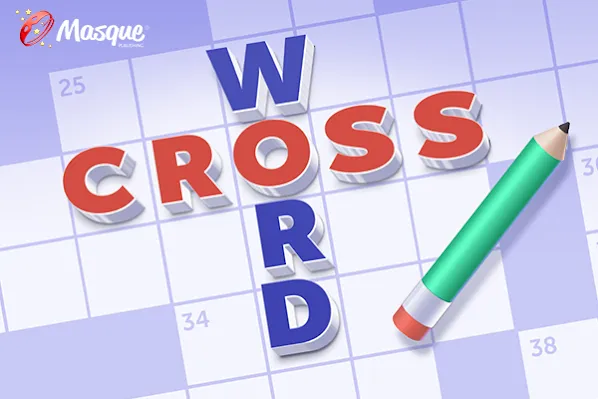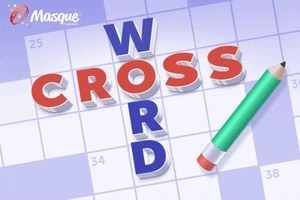Should you do more reps or lift heavier weights? A trainer weighs in

Welcome to Start TODAY. Sign up for our Start TODAY newsletter to receive daily inspiration sent to your inbox — and join us on Instagram!
For a beginner, strength training is not at all straightforward, and there are a lot of mixed messages about the best way to go about it.
In the gym, the heavy weights are often set up in a special area that feels like the realm of the ultra-fit, suggesting that heavier is better. However, a strength-training class may incorporate light weights, or no weights at all, giving the impression that low weight and high reps are the path to a lean figure.
If you're confused, you're not alone. So let's break down the benefit of lifting heavy weights for lower reps versus lifting light weights for higher reps — and how to decide which is the best way to strength train for your goals.
Should I lift low weight for high reps or high weight for low reps?
The answer is a bit confusing — both.
Lifting heavy weights with low repetition builds muscle strength and causes muscles to fatigue faster. Moderate weights with more repetition develops muscle endurance. Depending on your goals, you may be interested in increasing muscle mass, or you may be hoping to preserve lean muscle mass, which is especially important as you get older. And if you want to lose weight, both heavy lifting and lighter lifting can help you burn fat.
Further, strength training does not necessarily need to be done in a gym. Bodyweight exercises can be extremely effective for both upper and lower body: pushups, pullups, resistance bands and tricep dips can all challenge the upper body. For the lower body, squats, lunges and calf raises are all good options.
A 2024 study on women’s strength training confirmed previous research that primarily focused on men. Researchers found that the general advice from The American College of Sports Medicine did produce results: Performing 1 to 3 sets of 8 to 12 repetitions at 70 to 85 percent of your one-rep max weight helped beginners gain strength and muscle.
Determine your fitness goals and your mindset
As a weight-loss coach and personal trainer who specializes in women’s health, most of my clients want a sleek and toned look. That look is usually achieved — no matter what your current size or weight-loss goals — by doing more repetitions with lighter weights.
And, there's also an argument to made that if you're already stressed out by trying to lose weight, your body doesn't need the added stress of lifting heavy weights. When the body is exerting itself at maximum capacity and stressed out in order to perform a few repetitions at a heavy weight, sometimes this can be counterproductive.
Many of my clients come to me stressed out or fatigued. The last thing their body needs in order to lose weight and get the physique that they want to achieve is more stress on their body. Therefore, exercising at a consistent and steady state with lower weights and higher repetitions gives them the results they’re after.
On the flip side, if you are someone who doesn't feel stressed out by fitness and loves a challenge, heavier weights may be a good choice for you. Even if weight loss is your goal, if you don’t feel stressed, then exercising with heavier weights for less repetitions may be perfect for you at this stage in your fitness journey.
I always advise my clients to try a workout program consistently for three weeks. If you don’t see results after 21 days, then it’s time to try something new. So give lifting heavier weights with less repetitions a try if you feel like that’s best for your body right now. If you lift heavier weights, you’ll likely notice that your strength increases faster — which may be your goal!
How do I know when it is time to increase my weight or reps?
The next question my clients ask is how to know when it’s time to increase weight. We all want to feel like we’re making progress in our fitness routine. When it comes to strength training, does that mean you need to increase weights, reps or both?
If you’re someone, like me, who bulks up easily — and doesn't want to — then the answer is to stick to lower weights with higher reps. I do not lift weights heavier than 7 pounds because when I do, my shoulders, back and chest bulk up in a way that I don’t like. I like to maintain a sleek and toned look, so I prefer to stick to my 3- or 5-pound dumbbells. If my body feels bored or the workout is too easy, then I change it up using resistance bands or doing bodyweight exercises — like lots of planks! Instead of increasing the weight, I just change up the exercises altogether.
But if you’re just starting out with strength training, you can focus on a progression. Try this: Start with 8 repetitions of an exercise using 3-pound weights. Perform three rounds of all of the exercises in the circuit. Then, after doing this every other day for 2-3 weeks, increase your repetitions to 10. Repeat for 2-3 weeks. Then increase the repetitions to 12, and finally up to 15. Once you’re performing 3 rounds of 15 reps for 2-3 weeks, increase the weight to 4- or 5-pound dumbbells, and then repeat the whole cycle.
If this is too easy and you feel like the progress is too slow, then speed it up! But try to focus on your overall strength and progress instead of increasing your weights. It all comes down to how you want to look and feel in your body.
More of your questions, answered!
This article was originally published on TODAY.com
Solve the daily Crossword

